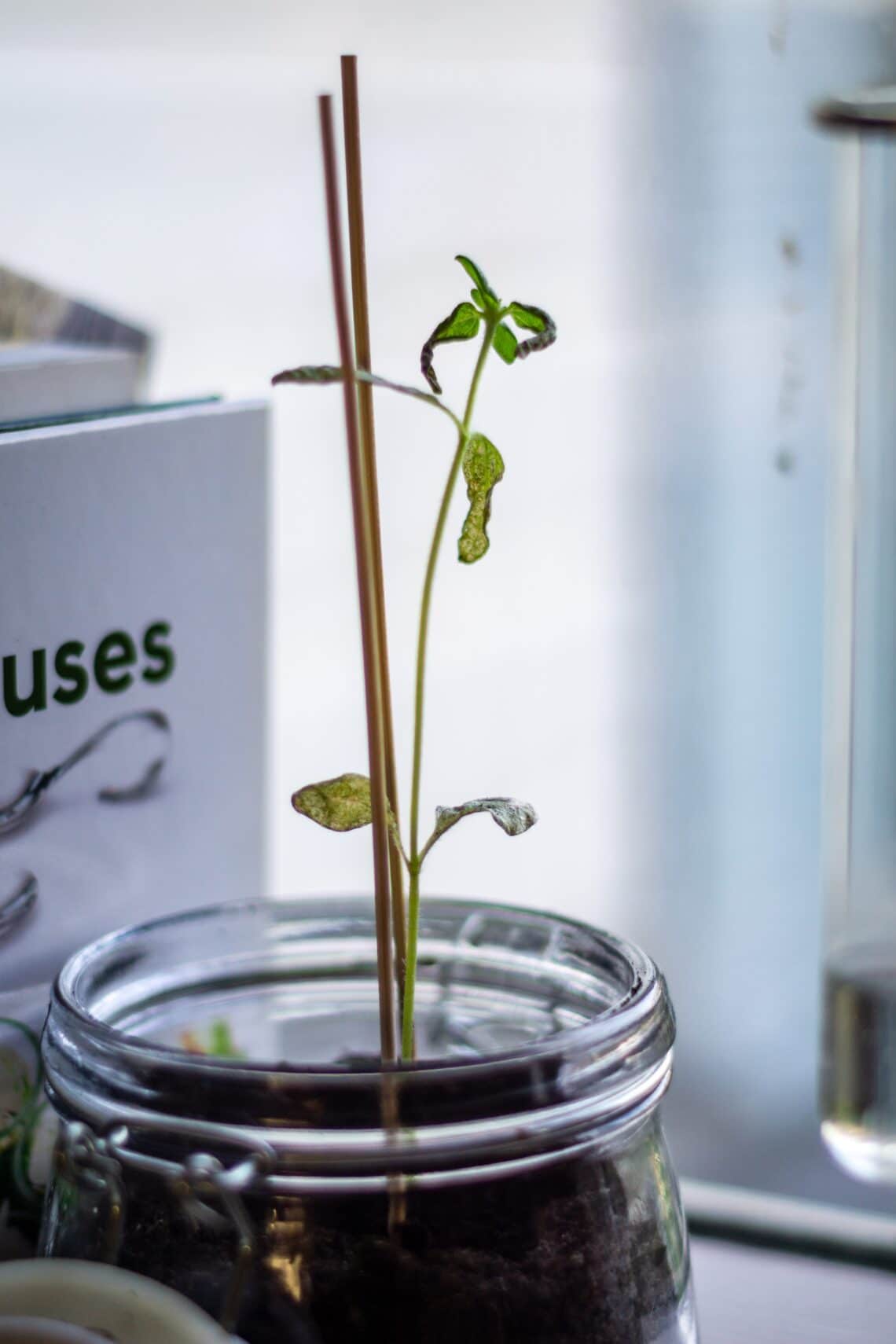The market for impact-oriented investments is growing
Can capital help to solve social challenges? This is no longer the belief of just do-gooders. The market for sustainable investments has recently experienced a real boom (recently, one of our guest authors dealt with “sustained investments“) . Still relatively shy in the Finance for Good family is impact investing, the impact-oriented investment. Here, capital is given to companies with the aim of generating financial AND social returns. The market is also growing in Germany.
What distinguishes impact investing from sustainable investments?
Let us assume that company XY wants to invest capital. Then the question may arise at the beginning as to where the best return can be obtained. This has little to do with sustainability. Company XY can also include social, ecological and ethical criteria (ESG criteria) in its investment decision. Then we talk about sustainable investments. Or else, Company XY wonders how it can use its capital in a targeted way to make the world a little better. Then we are at impact investing. “Positive social and/or ecological effects should be as direct, intended and verifiable as possible,” is the definition of the federal initiative Impact Investing (BII). Anyone who invests in an impact-oriented manner therefore wants to comply with much more than ESG criteria. Impact is not just a side effect, but is at the heart of the investment decision.
Another key difference is the active role of the donor. Investor*in, Investee and possibly intermediary agree on impact targets, which they follow up and determine the return. For investors this means more commitment, but also significantly more room for manoeuvre than, for example, in the case of a classic green investment.

“In order to meet enormous challenges such as climate change, we need new alliances between sectors and, indeed, fresh capital. We believe that impact-oriented investing can play an important role in this process”; says Young-jin Choi, impact investing expert at the non-profit PHINEO AG. PHINEO is one of the pioneers of impact investing in Germany and is driving the topic forward as a think tank and intermediary for impact-oriented financing instruments.
Who does Impact Investing in Germany?
Impact investing exists in different investor groups and asset classes. The dominant themes are the global megatrends climate protection, health, clean energy and education. The most active donors include some large foundations such as the BMW Foundation Herbert Quandt. Family offices, i.e. administrations of wealthy individuals, are also discovering impact investing as an investment strategy or as an opportunity for philanthropic action. Currently, however, banks and asset managers are also catching up and granting impact-oriented loans, for example. Some VC fund companies such as Ananda Ventures and Bonventure from Munich have been investing impact-oriented for years.
The classic recipients of impact-oriented investments are companies with a social orientation that want to solve a social challenge with a new idea or a new technology.
Does the concept work? According to a recent market study by BII, three quarters of investors* say that the financial returns meet their expectations. Two thirds also say that their expectations of the impact have been met. The fact that investments in sustainable business concepts achieve higher returns in the long term has now been proven by several studies. However, the question of how much impact investing actually contributes to solving major global challenges is also hotly debated among market players.
Impact Investing – the next big thing?
“Impact Investing in Germany today is a differentiated market worth billions with great growth potential and high dynamics”, says the market study by BII. However, it is not easy to calculate the actual market volume. If we look in general at investments that investors* and intermediaries call “Impact”, the total is over €17 billion. If we only add up investments that at least meet ESG criteria, the figure is still €6.5 billion. Only investments with a volume of €2.9 billion are aimed at achieving real social and environmental returns, and in cases of doubt also at the expense of financial returns.

This reveals one of the central challenges for the young impact investing market: How to distinguish investments with real impact from impact washing? There is currently a lack of uniform standards or independent testing agencies to analyse the social impact of an investment. Only half of the players are systematically monitoring impact. The market lags behind their own expectations.
“In the coming years, the community will be concerned on the one hand with creating transparency and developing standards On the other hand, it will be important to analyze and demonstrate what impact investing can actually achieve,” says Young-jin Choi of PHINEO. “I hope that more and more traditional financial market players will recognize the potential of capital to initiate positive changes and work towards a new framework for the financial industry.
To read on:
- “Impact Investing in Germany 2020 – a dynamic growth market”, Federal Initiative Impact Investing, at https://bundesinitiative-impact-investing.de/marktstudie-2020/
- https://www.phineo.org/impact-investing

